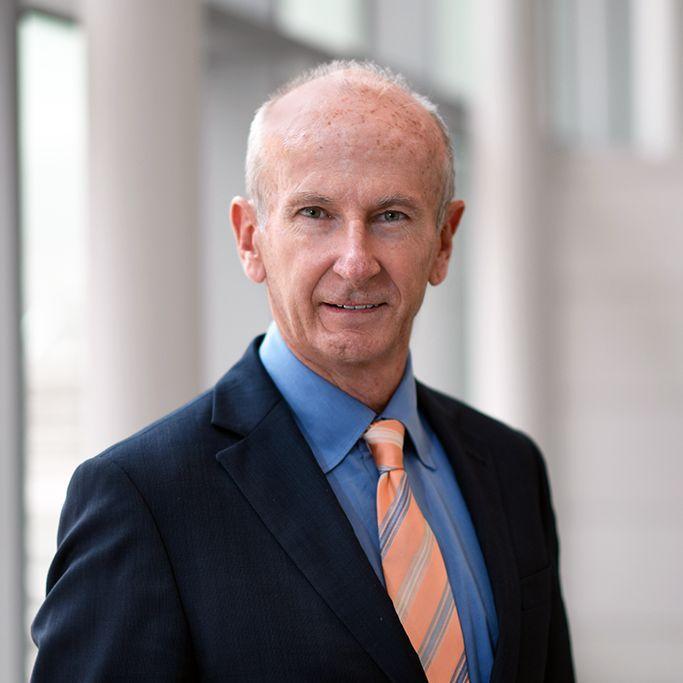Grant to fund research on future of human genome editing

Over the last two decades, approaches to genome editing have evolved and become more widely studied and implemented. Most recently, the CRISPR/Cas9 system has made the technology more accessible, precise and less expensive, meaning scientific interest in potential applications in humans also has increased exponentially. However, policymakers and geneticists alike, as well as the public, express significant concerns about the ethical, legal and social challenges and potential consequences of human genome editing to prevent, treat and cure disease and disability. A major new, $1.6 million grant from the National Institutes of Health will allow a research team from Baylor College of Medicine and Arizona State University to evaluate recent developments in human genome editing and associated responses from the public and scientific communities to develop recommendations for how to responsibly govern such research and technologies in the future.
“Clinical applications of human genome editing should not proceed without increased public input and awareness,” said Dr. Christopher T. Scott, the Dalton Tomlin Chair of Medical Ethics and Health Policy at the Center for Medical Ethics and Health Policy at Baylor College of Medicine. “This has been a long-understood consensus among ethics and science policy scholars, yet little has been done to address it, until now. We are taking the first steps necessary to study this process.”
The grant pairs Baylor’s strengths in bioethics, science policy and the study of the implications of emerging technologies and clinical research with Arizona State University’s renowned expertise in foresight, public engagement and participatory governance.
“It is a great privilege to work with Baylor on this project, which – as many organizations including the National Academies of Science, Engineering, and Medicine recognize – is critical to the governance of human gene editing,” said Dr. David Guston, Foundation Professor and Founding Director of the School for the Future of Innovation in Society at Arizona State University.
Sparked by controversy
Despite concerns surrounding the clinical application of gene editing, including unintended gene edits, genetic rearrangements and the mixing of edited and unedited cells, called mosaicism, scientists in China have recently treated at least 80 patients with CRISPR editing interventions. And last year, a Chinese biophysicist took the next, most controversial step: he used CRISPR/Cas9 to modify the HIV-resistance gene in viable human embryos.
In the wake of this controversial research conducted in human embryos, ethicists and medical leaders are pushing for more formal guidelines and governance of such genome editing research and experiments, something they all agree should have been implemented years ago.
“The China CRISPR baby case showed us that there is a pressing need for public engagement in partnership with expert policymaking,” said Scott. “The scientific community was clearly alarmed, and the public was distressed that this research was happening without regulations or oversight and a clear path.”
Driven by public input
The research team’s goal is to engage policy experts with the public to assist in a democratic, rigorous and validated process to develop recommendations and decision tools that society can use when faced with difficult decisions about how to approach issues and projects related to human genome editing.
Incorporating the voices of the public, as well as scientists, ethicists and policymakers, on how to govern emerging human genome editing research ensures guidelines that are well thought-out and acceptable to the public and better prepares society for situations like the controversy in China.
“This research explores how people from diverse walks of life view the promise and peril of gene editing technologies,” said Dr. Cynthia Selin, associate professor in the School for the Future of Innovation in Society and the School of Sustainability at Arizona State University.
Forecasting the future
To accomplish this goal, the team will employ foresight modeling, or how to realistically imagine the future today, to develop possible outcomes, then apply anticipatory governance to establish plausible policy for those outcomes.
“This approach helps us, as scientists and policymakers, think about the future and come up with a suite of scenarios that might reasonably happen,” Scott said.
Anticipatory governance works by engaging experts and scientists to consider a given issue, in this case human genome editing technologies, then present and discuss their ideas at conferences and scientific gatherings. Researchers then move to complete the same process with public focus groups. Finally, the ideas from field experts and the public are combined to deliver the rules and scenarios that most closely align science policy with public values, upon which policy proposals are then generated.
“We will jointly create alternative future scenarios as a platform to think about the ethics and governance of technologies like CRISPR,” Selin added.
Scott said the process will help to better prepare policy makers to respond responsibly and proactively to potential controversies with policy that is deliberate, practical and informative to society as it prepares to make choices about applications of human genome editing.
“We hope this approach, which, though this grant, will be applied to human genome editing for the first time, will provide a method for governing science in other areas, responding with prepared strategies instead of reacting after problems emerge,” Scott said.
Other project investigators include Dr. Stephanie Morain with Baylor and Dr. Mahmud Farooque with Arizona State University. Consultants include Drs. Jeffrey Khan (Johns Hopkins), Jonathan Moreno (University of Pennsylvania) and Eric Jeungst (University of North Carolina).










